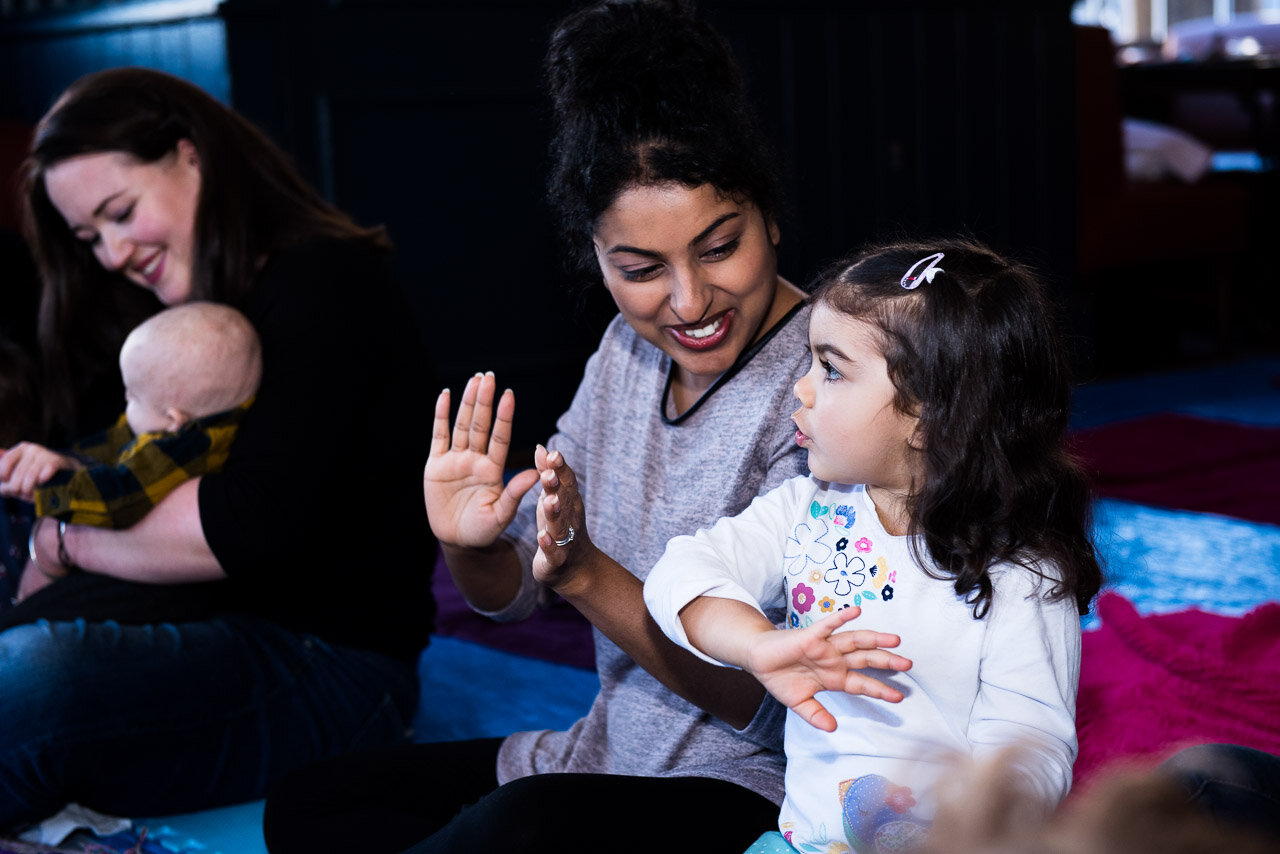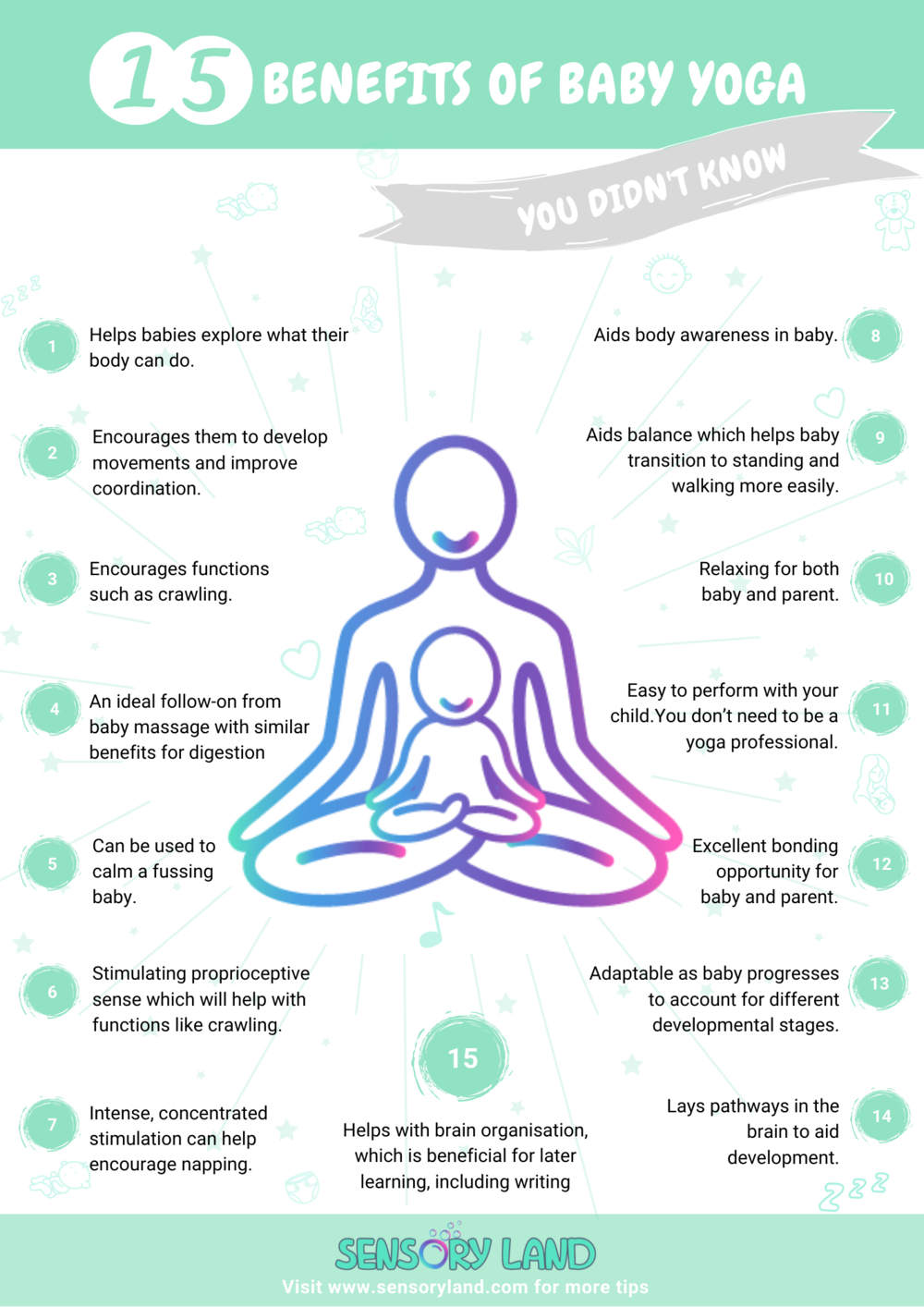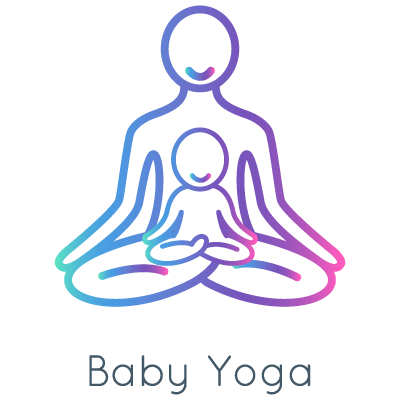What is Proprioception?
Did you know that there are more than 5 senses? Proprioception is a sense you will use daily and it is something that develops over time for your child. Find out when to start and how you can start practising in fun ways right away.
Perception or awareness of the position and movement of the body.
Proprioception is our body’s awareness of itself & its surroundings. We like to think of it as the movement sense. How we move our bodies, knowing where it is in relation to itself and other things and what grade of force we need to use for actions.
Here are some examples of how you use your proprioceptive sense in day to day activities:
Example one:
When writing with a pen on paper you know how firmly to push that pen against the paper so that it does not rip. This is also using the gross motor skill pincher grip.
Example two:
When walking towards a door you know when to lift your arms to push the door open rather than walking into the door, you also know how much force you need in your arms to open the door without slamming it open. This is also using your gross motor skills in your arms to push.
We are able to manoeuvre safely through our environment without bumping into things & without needing to look or consciously think about what we are doing.
The Proprioceptive sense determines your orientation, how fast you are moving, the direction you are going and with the use of your vision helps you to navigate around the space with ease.
Proprioception is essential in everyday movements. This is something that needs to be developed over time, Practising hand-eye coordination and motor skill activities is considered a proprioception exercise that can help develop the sense in young children.
How to work on your child’s proprioception
Encourage and assist in actions like rolling arms, pushing, pulling, lifting, hopping and rolling. These are all great ways to practise gross motor skills. Pinching (with crabby hands), holding items like maracas are great ways to practise fine motor skills.
You are able to start working on your baby’s proprioception from as early as 6 weeks old as we do in our Baby Massage Classes. In all of our classes there will be proprioceptive activities.
Here’s the science-y bit:
There are sensory receptors that are located in the inner ear, muscles, tendons and joints which detect changes in the position or movement of the body, they are called Proprioceptors. These receptors continuously send information to our brains.
Young children can be clumsy and uncoordinated as they learn about the world around them. In some cases this could suggest a Sensory Processing Disorder, accessing Sensory Play can help to develop this.
Conclusion
If you have concerns that your child may have proprioception issues, please seek help from a medical professional.
15 Benefits of Baby Yoga
What is Baby Yoga and what are the benefits? Commonly mistaken as ‘mum and baby yoga or fitness’, Baby Yoga classes are SO much more than that. Learn 15 benefits of Baby Yoga.
Baby Yoga
There are many benefits of baby yoga, including helping your child to develop as they grow and become more mobile. Whereas the advice used to be for babies to sleep on their fronts, the latest guidelines aimed at avoiding Sudden Infant Death Syndrome say that they should sleep on their backs with their feet at the bottom of their bed. This is entirely correct on safety grounds but means that babies are spending less time in the prone position, which is essential for muscle building, development and much more.
Baby yoga offers the chance to get your baby used to this position, becoming accustomed to tummy time in short bursts at first, before building up as they grow in confidence. This infographic shows many of the benefits of baby yoga not only for your child but for you too. If you want to know any more about baby yoga and how it works, contact me today to discuss exploring this fun activity.
What is Baby Yoga and What are the Benefits of Baby Yoga Classes?
Baby Yoga is an activity increasing in popularity for families with young babies. But, what is baby yoga, what are the benefits of practising it and attending these classes with your child.
Baby yoga classes offer a fun opportunity to bond with your baby, make some new friends and learn some exercises that truly benefit your child’s early development all at the same time. Many parents across the country have already discovered this relaxing and enjoyable activity, but the question is, what is baby yoga and what are the benefits of baby yoga classes?
What is Baby Yoga?
Yoga has been around for thousands of years and is popular with its large number of practitioners for the physical, mental and spiritual boost it brings. Baby yoga runs along the same principles but is designed to be suitable for under ones. Babies can begin attending baby yoga classes once a doctor has checked their hips, which usually happens at around six to eight weeks. From then on, children tend to attend classes until around the time they turn one.
An instructor guides the parents to perform a series of moves, holds and stretches on their babies. Over the course of a few classes, they build on these moves and learn more, eventually gaining confidence and a better understanding of what to expect from the sessions.
What to Expect at a Baby Yoga Class?
If you have been to a baby massage class, then baby yoga will feel like a natural progression. There are usually some massage elements in a class, but the good thing is that you don’t need to have tried that to enjoy.
Baby Yoga classes begin with a warm-up, which is essential for both parents and babies as they limber up for the exercises that follow. It’s not just the babies that have to move around! When babies arrive, they either see us, smell the lovely incense we burn or hear the music we have playing and they familiarise themselves, knowing where they are and what is about to begin. This gentle opening is also ideal to get your child used to the new environment of the venue, especially after the car journey or pram ride they just endured.
The pattern we follow is very similar to those you would do at an adult’s class. It consists of a combination of light stretches and warm-ups, standing, floor stretches and rest. This is a great mixture that is not only engaging but entertaining, calming and a perfect opportunity for some quality bonding time. Many babies by the end have had proper stimulation and as a result, are so relaxed, they fall asleep at the end or shortly afterwards. You can already see the positive effects!
Each week we do different breathing techniques. This is great for being present, distressing, releasing tension and the parasympathetic nervous system, all of which both parent and child needs and benefits from.
What are the Benefits of Baby Yoga Classes?
There are so many benefits of baby yoga classes. The exercises aid circulation, posture and physical and mental development. Baby yoga helps small children begin to take control of their own movements and can even start to stir them into action when it comes to moving around and crawling as they get older. You will find that some of the baby yoga exercises include tummy time, which baby experts recommend for increasing strength and coordination.
Most babies leave the sessions feeling relaxed. Many parents report that the sessions make them calmer, happier and more positive. It’s an excellent opportunity to bond with your baby, to build your confidence in how you use your body and how you handle your baby. It gives parents the resources to tap into, should they need to soothe an unsettled baby. Many parents of very young babies see them as tiny, delicate and almost fragile. With the right guidance they will see that babies can withstand a lot more movement and really enjoy some of the lifts and swings carried out during the practice.
These social experiences can do wonders for your social life too. We have topics to discuss each week and many mothers enjoy talking about their parenting experiences and know they are not alone. It’s a really nice way to meet other local parents with similar aged children who can understand.
As an extra incentive, you might also like to know that parents often say that their baby sleeps better thanks to baby yoga. That will be music to the ears of many mums and dads of under one-year-olds
Sensory Experience
One of the benefits of baby yoga classes that really stands out is the sensory experience it provides for your child. That direct touch between parent and child is important as they develop, and yoga encourages this.
Babies are also stimulated by the visuals and sounds on display during a typical class. It aids brain development as they process their experience and gives them a real sense of their own bodies, even at the youngest end of the spectrum.
Often classes feature instruments or materials such as silk scarves, light up toys, sensory bottles, spiky balls and foil blankets all of which add to the overall sensory effect.
Why Should I Try Baby Yoga Classes?
Most parents who attend baby yoga thoroughly look forward to the next session. It is an ideal excuse to truly relax once a week but also to spend a dedicated hour just being present, not worrying if you are doing it right, stressing about the lack of time or the next chore to be done around the house. Having a small baby can be fraught and stressful at times, but baby yoga is a great way to escape that.
It is safe, fun, sociable and brings fantastic benefits to both parent and children involved. Do you want to know any more information or have any questions? Don’t hesitate to contact us today and we’d be happy to help.
“A wonderful way to spend time with your little one”
What is Baby Yoga?
Baby yoga classes are designed to help the babies (with the assistance of their grown ups) move their bodies in stretches and holds that are beneficial to their posture, circulation and development.
What is Baby Yoga? And what happens during a baby Yoga class with Sensory Land?
A common misconception of baby yoga classes is that it is a class (usually) for mothers to attend with their small baby, where the mothers will do exercises that will help them recover from pregnancy and labour. The babies usually lay on the floor in the middle of the room and it is acceptable for mothers to take breaks during the class to feed and comfort their babies. They are mother and baby yoga/exercise classes.
This is not what baby yoga classes are. Yoga has been around for thousands of years and many people have benefited from practising these movements and breathing exercises. The class is designed to help the babies (with the assistance of their grown ups) move their bodies in stretches and holds that are beneficial to their posture, circulation and development.
During a typical baby yoga class with Sensory Land we focus on the Ying/Yang of having fun with high energy songs and sensory play/with stillness, calm and relaxation. Each week is different and we progress through different moves, holds and stretches gradually building on them. The class includes stretches for the grown ups (so to avoid over straining ourselves when lifting and moving the babies), yoga stretches and hold for the babies, songs, sensory play and relaxation for everyone. The lesson is for 60 minutes and there will be time during class to feed, socialise and in some venues there are refreshments for the grown ups.
Requirements:
There are moves in this class that are only suitable for children once they have had their hips checked and cleared by a medical professional which is usually around 8 weeks.
Adults need to be able to sit on the floor, lift and carry their child.
Unfortunately it is not possible for twins to partake in public lessons, unless they’re 1-2-1 with a grown up. Alternatively Twins may do baby yoga in private lessons.
You do not need any previous yoga experience.
Come dressed comfortably.
It is not advised to feed your baby within 30 minutes of the exercises beginning, we understand that sometimes this is just not possible. That is fine, please let your teacher know at the start of the class and they will make amendments for you.
It is not possible to do Baby Yoga with your child if they have had their inoculations/jabs less than 24 hour earlier.
You can do baby yoga with your child before an inoculation appointment.
After class: expect to leave feeling refreshed, relaxed and more positive.
Should I join?:
if you want to spend a lovely hour each week having fun with your baby, singing songs, and learning exciting new ways to stimulate them and move their bodies, whilst making friends, gaining confidence, AND leave feeling happier, more positive and relaxed, then this is the class for you.
Any more questions, please speak with a member of our team.














